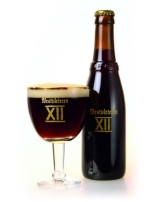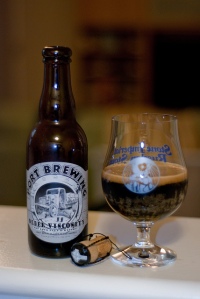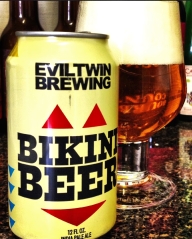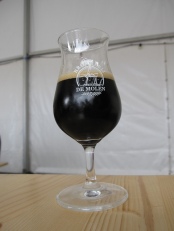This blog was created as part of a masters course. My course has now come to an end, and so will my blog. It has been a challenging as well as an educational experience and I hope that I did succeed in communication a bit of that knowledge I have acquired over the years as a dedicated beer geek.
Hopefully I will also have sparked a bit of interest for craft beer!
My blog is full of advice and fun fact, but when it comes down to it, what it is all about it is sitting down in good company and enjoying some beers! So in that spirit I will leave you with a guide to design your own beer tasting event.
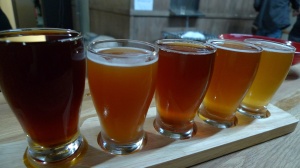 Start:
Start:
A good place to start is always to begin with a couple of light beer like a lager or a pilsner. Most people will like that, and it is unfortunate to start by serving a beer that some of the party do not like! Also the start is always more about saying hi and catching up with your friend, than it is really about the beer.
A good follow up could be a wheat beer, still fresh and light.
Middle:
The mood is set, people have tuned in to the concept and now you can start serving more challenging and unknown beers.
I would probably serve a couple of different IPAs here, it is just alway fun to play around with the significant of different hops! Or maybe you could compare a classic english IPA with an American interpretation of an IPA. In that case have the English one first as the American styled IPA is significantly more bitter.
After all that bitterness a bit of a dark and sweet Belgian Trappist might make a nice change
End:
At this point I would move along to the stouts, and maybe serve some snacks like a bit of sausage and cheese. Also make sure that there is water on the table, you will start to need the extra fluid right about now.
Start with a light stout and then move towards the more powerful ones. A good place to finish would be with an imperial barrel aged stout. After that your tastebuds will have a hard time registering anything else.
One important rule though, you are supposed to share the beers and not just drink 7 strong and expensive craft beers yourself. Even following this rule it will be hard enough to walk away from such a party at a straight line.
Now, it is on purpose that I don’t mention any specific beers here. You need to go online yourself, search through a site like ratebeer and find beers with descriptions that sounds appealing to you, and that are available in your area. Ratebeer does allow you to search beer styles so you should be able to find what you need. Remember this is just one way of doing it, not he on
ly way. Think of it as a initial template to get you started. Soon you will know your own mind and be able to design beer tasting nights that fits your specific preferences.
Thank you for reading my blog, I do hope you have enjoyed it!
Best of luck with your next beer tasting! Cheers!

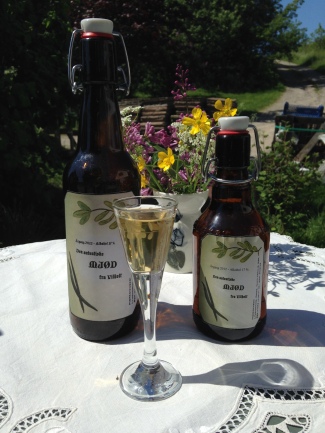 f mead.
f mead.

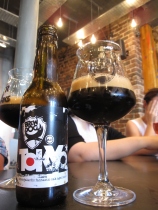
 Ø Dark Horizon
Ø Dark Horizon




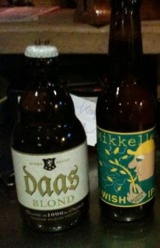 cellent gluten-free beers are not just a privilege among home brewers! Today professional breweries have become quite good at adding a gluten-free beer or two to their range. This means not just a better tasting standard for a gluten-free beer, but also a wider range of types. In the picture you can see a Daas blond, which is a gluten-free Belgian blond. As described by the brewer: “This premium organic beer upholds our Belgian tradition of brewing excellence lasting more than 900 years. Daas Blond is an authentic Belgian strong golden beer. The honey spice aromas and perfect balance of bittersweet flavours are followed by a classic dry hop finish. Second fermentation occurs in the bottle to mature and carbonate the beer naturally.”
cellent gluten-free beers are not just a privilege among home brewers! Today professional breweries have become quite good at adding a gluten-free beer or two to their range. This means not just a better tasting standard for a gluten-free beer, but also a wider range of types. In the picture you can see a Daas blond, which is a gluten-free Belgian blond. As described by the brewer: “This premium organic beer upholds our Belgian tradition of brewing excellence lasting more than 900 years. Daas Blond is an authentic Belgian strong golden beer. The honey spice aromas and perfect balance of bittersweet flavours are followed by a classic dry hop finish. Second fermentation occurs in the bottle to mature and carbonate the beer naturally.” 
 n Santa Rosa, California, USA, by the Russian River brewery.
n Santa Rosa, California, USA, by the Russian River brewery. 